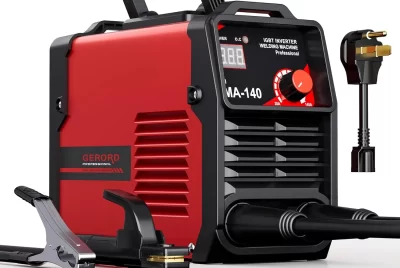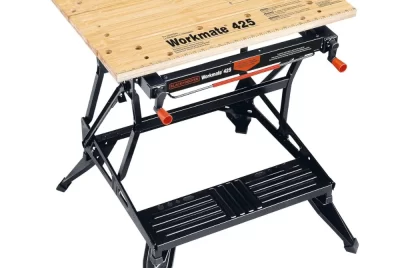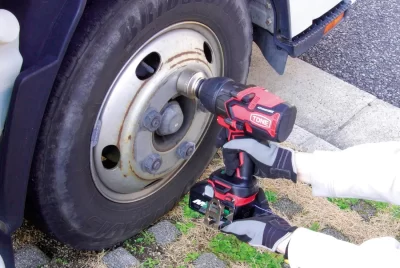Garage Tool Organization: Maximizing Space for Automotive Tools
Efficiently organizing your garage tools not only saves you time and frustration but also maximizes the available space. In this article, I will share my knowledge and provide you with practical suggestions for Garage Tool Organization for your automotive tools. Let’s dive in!
1. Assess Your Tools and Workspace
Before diving into the organizational process, it’s essential to assess your tools and workspace. Take an inventory of all your automotive tools and categorize them based on their function and frequency of use. This step will help you determine the most efficient way to garage tool organization and identify any tools you may no longer need.
2. Designate Zones for Different Tool Categories
Creating designated zones for different tool categories is a game-changer when it comes to organizing your garage. Consider allocating separate areas for power tools, hand tools, measuring equipment, and other specialized tools. This approach not only streamlines the search process but also ensures that tools are returned to their designated spots, reducing the chances of misplacement.
3. Utilize Wall Space with Pegboards
One of the best ways to maximize space in your garage is by utilizing the often-overlooked wall space. Install pegboards on the walls and hang frequently used hand tools such as wrenches, pliers, and screwdrivers. By doing so, you’ll have quick and easy access to these tools while keeping your workspace clutter-free.
4. Invest in Tool Chests and Cabinets
Tool chests and cabinets are invaluable assets for organizing your automotive tools. They provide ample storage space while keeping your tools secure and protected. Invest in a high-quality tool chest with multiple drawers, and consider using drawer dividers to keep different tools separated and organized. Cabinets with shelves can also be used to store larger tools and equipment.
5. Utilize Magnetic Strips and Racks
Magnetic strips and racks are fantastic space-saving solutions for organizing metal tools. Attach a magnetic strip to the wall or inside a cabinet door to keep metal tools such as wrenches, pliers, and sockets neatly organized and easily accessible. Magnetic tool racks can be used to store larger tools like hammers and mallets, keeping them within reach while saving valuable drawer or shelf space.
6. Label Everything
Labeling is a simple yet effective technique for maintaining an organized garage. Use clear labels or color-coded tags to identify each tool’s designated spot. This not only helps you find tools quickly but also promotes a sense of order and cleanliness in your workspace. Consider using a label maker or durable adhesive labels for a professional look.
7. Create a Workbench with Integrated Storage
A workbench with integrated storage is a fantastic addition to any garage. Look for a workbench that has built-in drawers, shelves, and pegboards to optimize storage space. This will provide you with a dedicated area to work on projects while keeping your tools within arm’s reach.
8. Consider Overhead Storage
When dealing with limited floor space, it’s essential to utilize every inch of your garage effectively. Overhead storage systems, such as ceiling-mounted racks, are excellent for storing less frequently used tools and bulky items like car parts. This strategy frees up valuable floor and wall space, creating a more organized and efficient workspace.
9. Maintain Regular Cleaning and Maintenance
Organizing your garage tools is an ongoing process. Regularly clean and maintain your tools, removing any dirt, grease, or rust that may accumulate. This not only keeps your tools in good condition but also makes them easier to locate and work with. Dedicate some time each month to decluttering and reevaluating your organization system.
Conclusion
Efficient garage tool organization is essential for maximizing space and enhancing your overall automotive experience. By following the suggestions provided in this article, you can create a well-organized workspace that saves you time, minimizes frustration, and allows you to focus on your projects. Remember to assess your tools, designate zones, utilize wall space, invest in tool chests and cabinets, use magnetic strips and racks, label everything, create a workbench with integrated storage, consider overhead storage, and maintain regular cleaning and maintenance. Happy organizing!
FAQs (Frequently Asked Questions)
1. How can I decide which tools to keep and which to get rid of?
Assess the frequency of use and functionality of each tool. If you haven’t used a particular tool in a long time or if it’s redundant, consider donating or selling it.
2. Can I use alternative storage solutions instead of tool chests and cabinets?
Absolutely! You can repurpose old cabinets, shelves, or even sturdy plastic containers to store your tools. The key is to find a storage solution that keeps your tools organized and easily accessible.
3. Are there any specific safety measures I should consider while organizing my tools?
Yes, safety is crucial. Ensure that sharp or dangerous tools are stored securely and out of reach of children. Additionally, always wear appropriate protective gear when working with tools.
4. How frequently should I clean and maintain my tools?
It’s recommended to clean and maintain your tools regularly. Depending on the frequency of use and the nature of the tools, a monthly cleaning routine is a good starting point.
5. Can I use the same organizing techniques for other types of tools and equipment?
Absolutely! While this article focuses on automotive tools, the organizing techniques discussed can be applied to various types of tools and equipment, such as woodworking tools, gardening tools, or even kitchen utensils.
Remember, organizing your garage tools is a personal journey, and it may require some trial and error to find the system that works best for you. Stay consistent, be adaptable, and enjoy the benefits of a well-organized garage workspace!




